
Patios, Walkways & Driveways
We unite suppliers and green industry professionals worldwide
January King cabbage stands out because it is grown in rather harsh winter conditions, unlike other varieties of cabbage that have rather warmer growing conditions
By Victor Miller
|Published on September 16, 2025
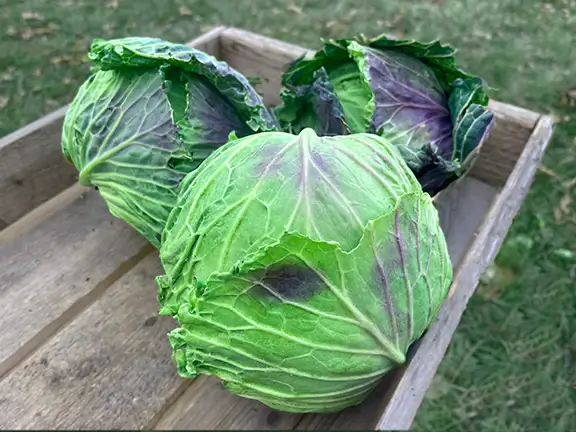

Cabbage is one of the essential family members in the Brassica family, and its nutritious leaves make it a staple of numerous cuisines across the globe. There are many varieties of cabbage. January King is one that is considered to be a winter-hardy type of cabbage, and grows really well in colder months. It produces heads that are very strong and flavorsome. This variety, as its name suggests, is most well-suited for cultivation in the winter months, making it an attractive product for gardeners during their extended harvest seasons.
Frost hardiness and the capacity to maintain its quality and flavor are the reasons why this cabbage cultivar has found its way into gardens successfully. The frost may even improve the sweetness and tenderness of the cabbage, making it quite desirable as a late-season one.
| Scientific Name | Brassica oleracea var. capitata |
| Common Name | January King Cabbage |
| Family | Brassicaceae (Mustard family) |
| Genus | Brassica |
| Species | Brassica oleracea |
| Variety | January King |
| Cultivars | There are a few cultivars under the January King name, but they all share common traits of resilience in colder climates and rich, flavorful heads. |

September 18, 2025
10 minute read
September 17, 2025
9 minute read
September 17, 2025
20 minute read
September 17, 2025
20 minute read


Join as a seller and connect with thousands of B2B buyers nationwide!
Sign Up

Baby Corn
Baby corn is part of the maize family, the same species as regular corn.
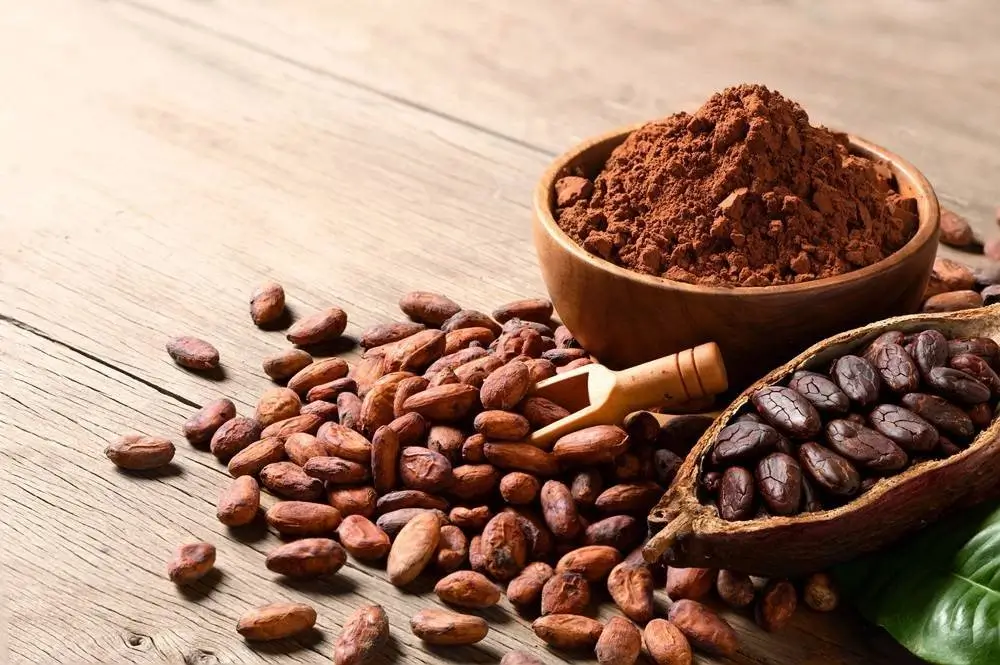
Cacao
Cacao, also known as Theobroma cacao, is a tropical tree that is popular with many chocolate lovers.

Daikon Radish April Cross
The April Cross Daikon is famous for its high-quality white roots, smooth texture and sturdy growth.

Edamame
Edamame is a member of the Glycine genus in the Leguminosae (Fabaceae) family.
January King cabbage stands out because it is grown in rather harsh winter conditions, unlike other varieties of cabbage that have rather warmer growing conditions. Some of its major features and plant properties are:
January king cabbage can be used in multiple ways, both in the kitchen and household:
Decorations: January King cabbage has sometimes been planted in decorative gardening, being used as a vegetable ornament (due to its colorful and frilly leaves).
The January King cabbage can only grow successfully when its natural conditions are specific, which means it requires cool temperatures, but nutrients are sufficient. The following conditions are ideal for growth:
January King cabbage seeds are fairly small, have an oval shape, and are smooth on the surface. They are generally dark-brown or black and can be easily identified compared to seeds related to brassicas. Below are the characteristics of the seeds:
The January King cabbage seeds must have the following conditions to grow successfully:
January King cabbage seeds germinate well, if the correct conditions are given. Seed longevity is around 2-3 years, as long as the seed is stored properly.
Vigor: The seeds are highly vigorous, i.e., they will be able to grow well in favorable conditions to result in strong, healthy plants.
Cabbage January King is typically propagated by seed. Here’s how to sow and propagate this variety:
Although January King cabbage enjoys fairly good resistance to common cabbage pests, it is susceptible to a few diseases and pests:
Prevention: The plants should also be inspected frequently (particularly, the undersides of leaves) to identify them at an early stage of pest infestation or diseases. It is also possible to solve any problems by applying organic pesticides or covering the rows with covers.
January King cabbage has perfect storage properties. When harvested, it can be stored for several months, provided it is handled properly:
January King cabbage is one of the winter vegetables with stunning tastes and wonderful cooking uses in the kitchen. It is a great plant to have in any garden in a colder climate, available to be planted late in the fall and harvested through the winter. Given sufficient care, namely, under the right soil conditions, temperature, and moisture, you should be able to harvest a great deal of in-season sweet and flavorful cabbage that can be applied to any dish.
Typically, it takes about 100 to 120 days from sowing to harvest, depending on the growing conditions.
Plant seeds indoors 6-8 weeks before the last frost date, or sow them outdoors in early spring or late summer for a winter harvest.
Yes, it has an excellent shelf life when stored in cool, humid conditions, lasting up to 6 months after harvest.

Patios, Walkways & Driveways
Victor Miller

Pest Identification & Prevention
Victor Miller
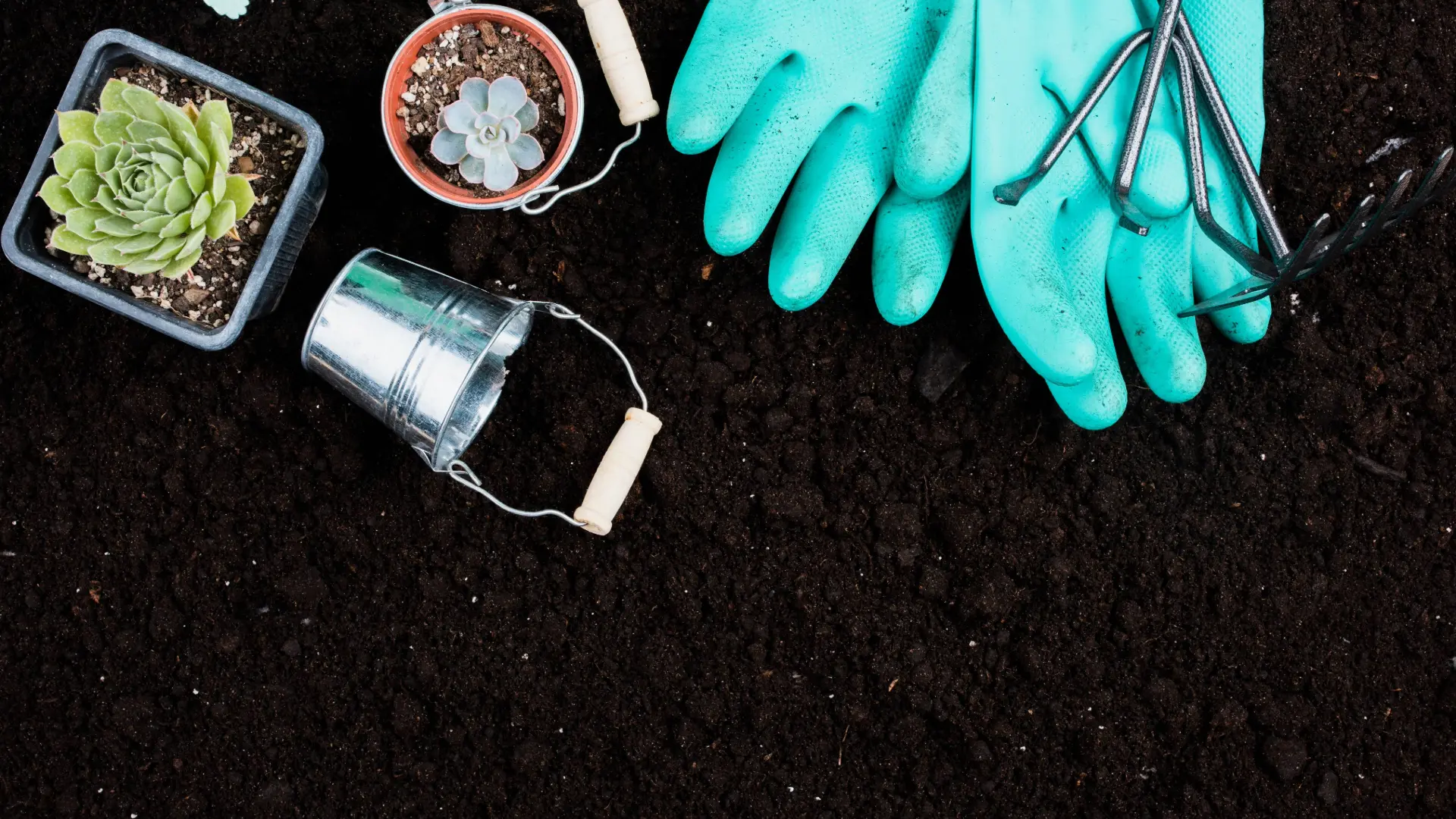
Soil Health & Fertilization
Gina Lazaarus
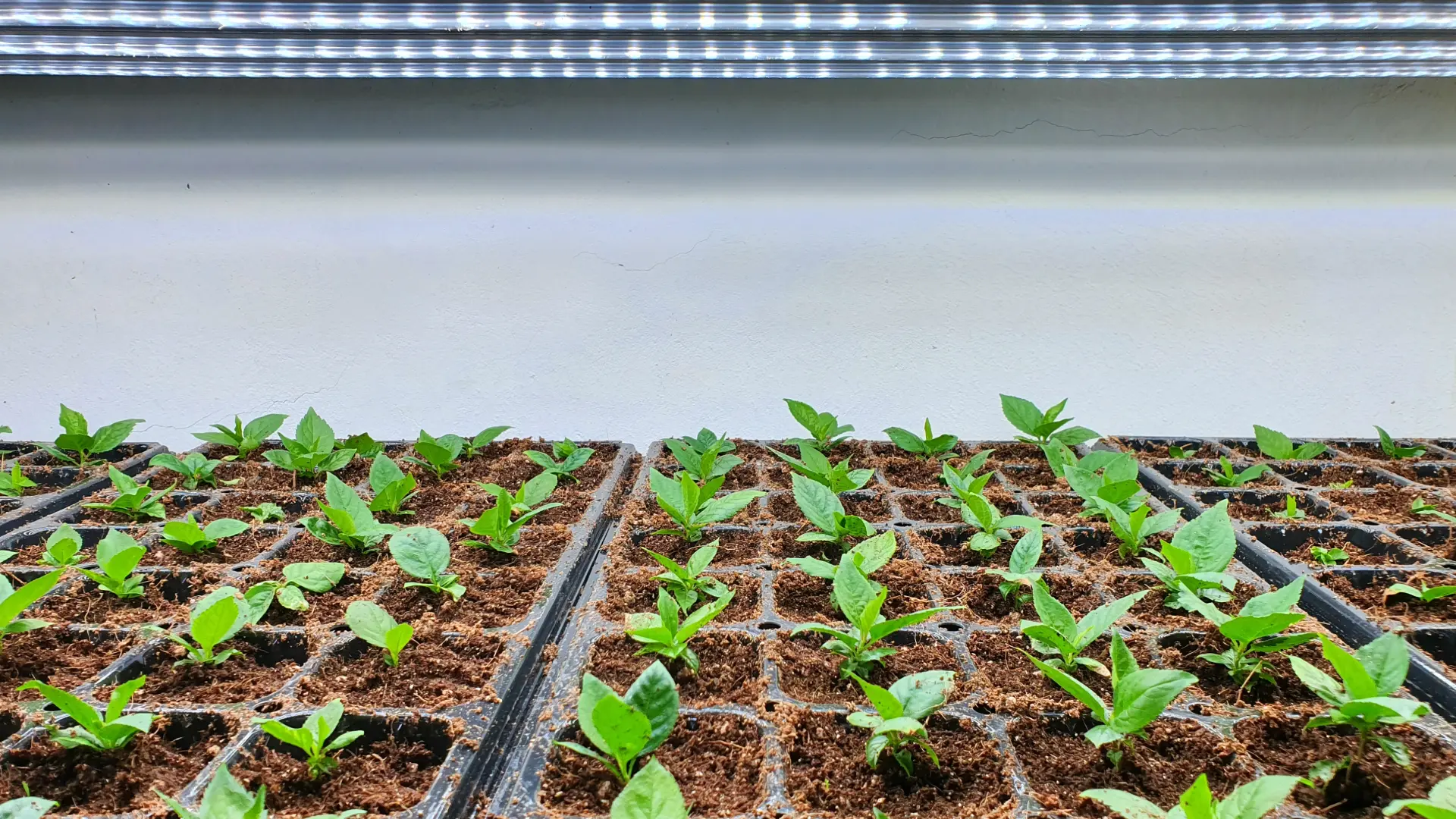
Lighting & Technique
Gina Lazaarus
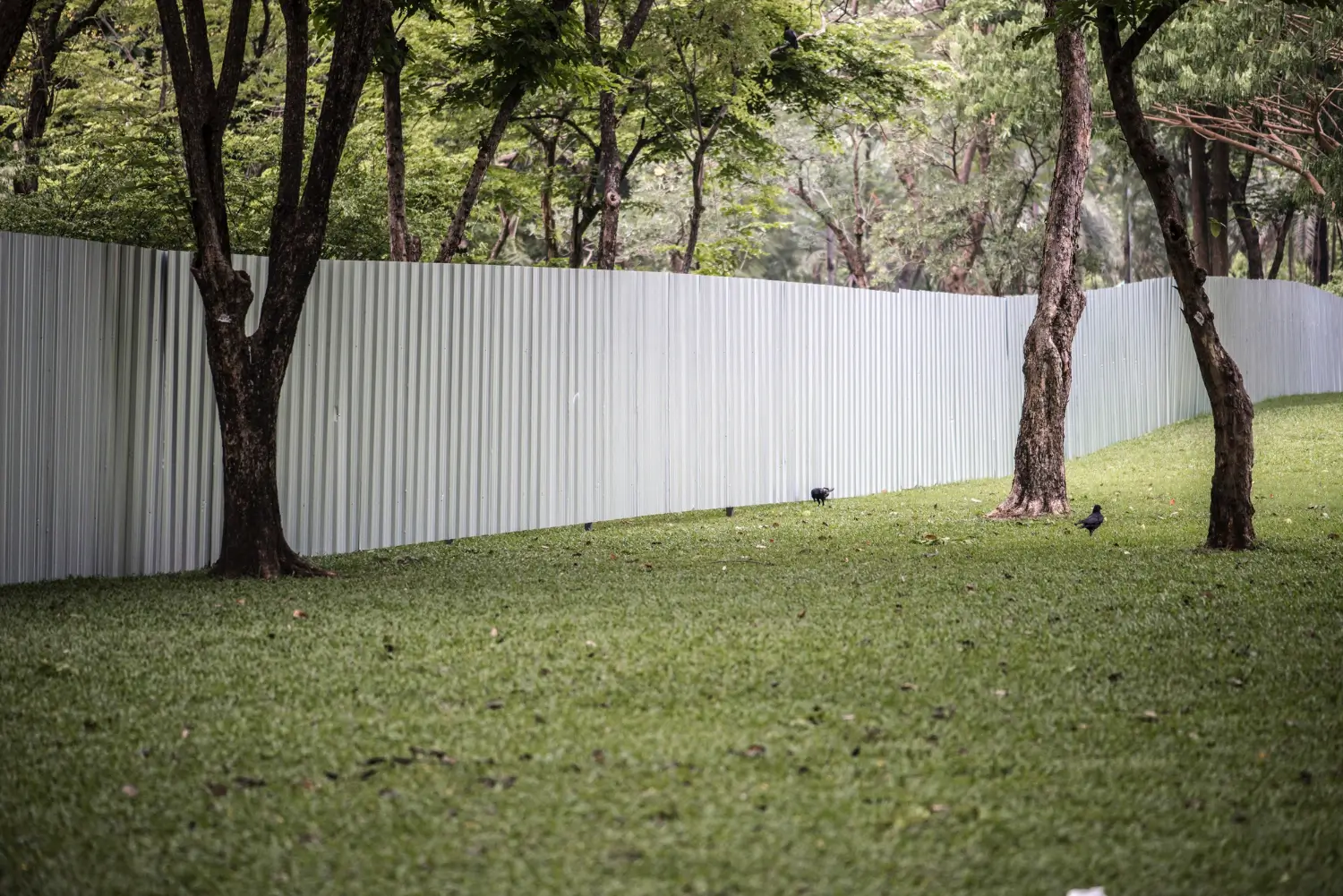
Construction Tips & Techniques
Victor Miller

Maintenance & Equipment Tips
Victor Miller

Soil Health & Fertilization
Victor Miller

Organic Gardening
Gina Lazaarus
My Account
Our team is always here to help.
We are open Monday - Friday, 9:00 AM to 4:30 PM PST.